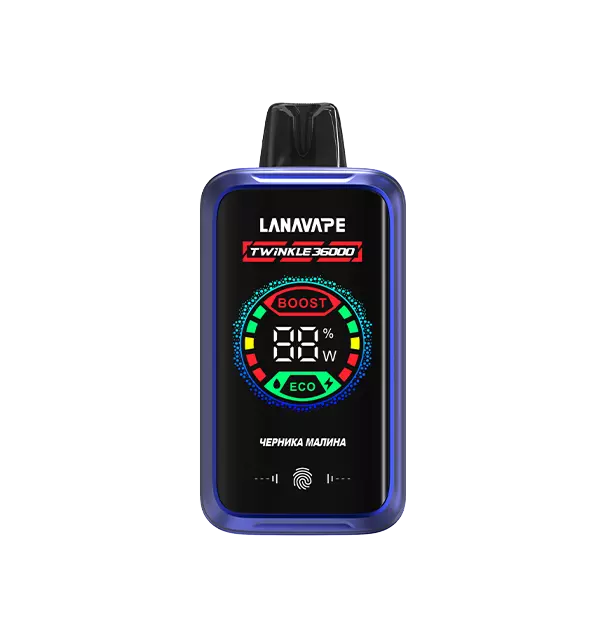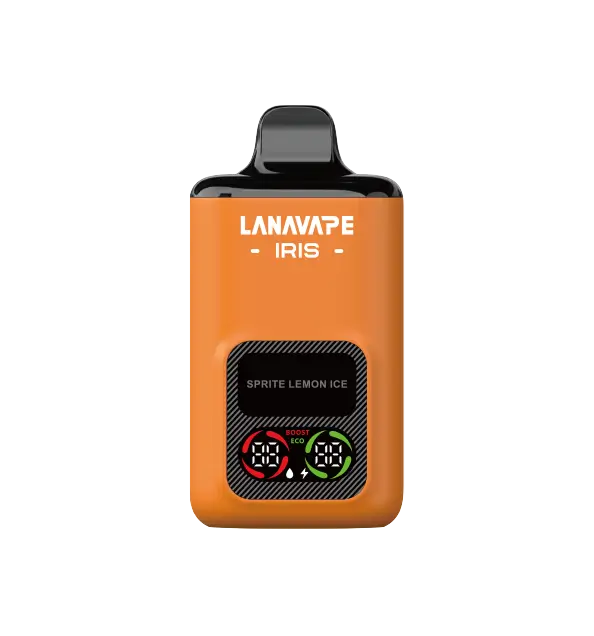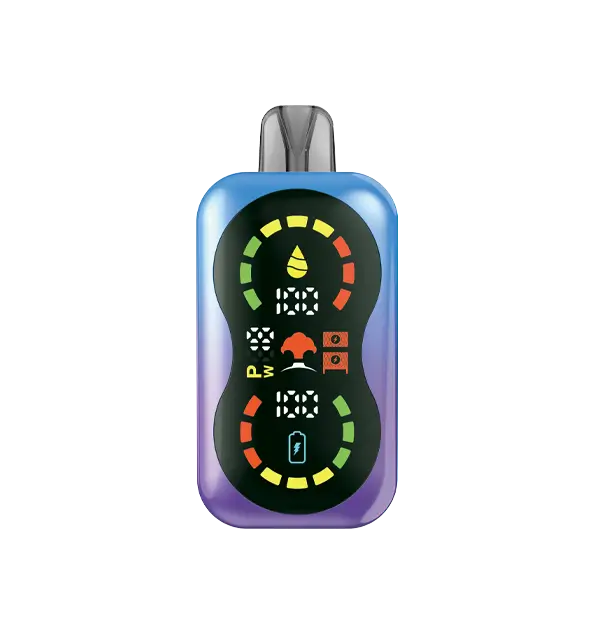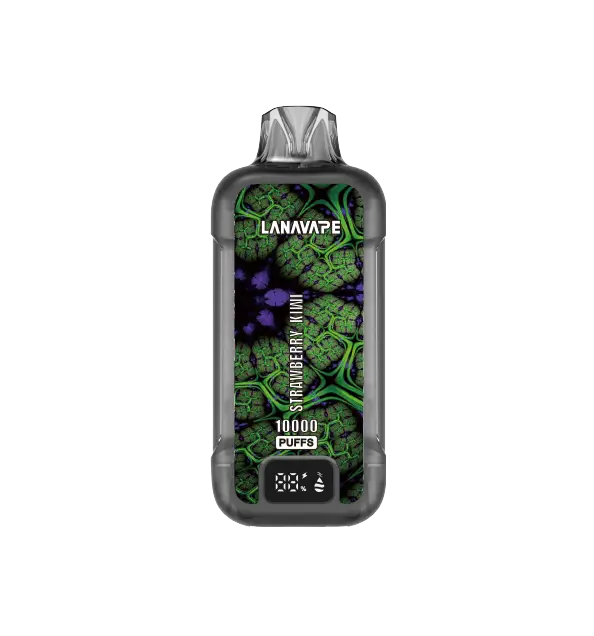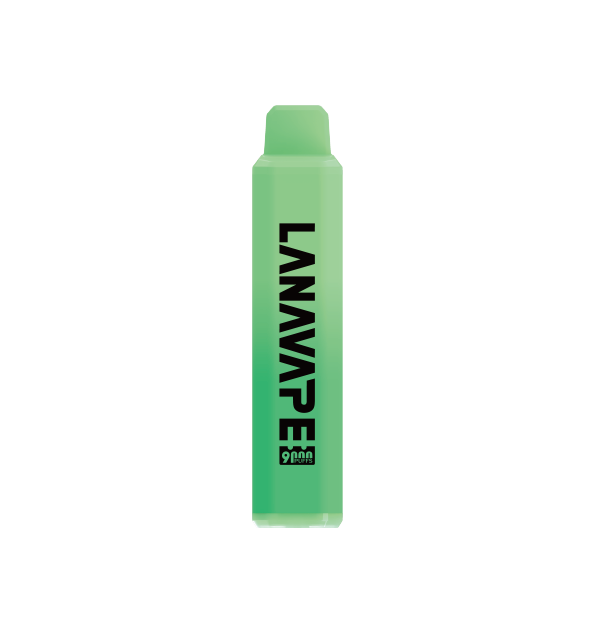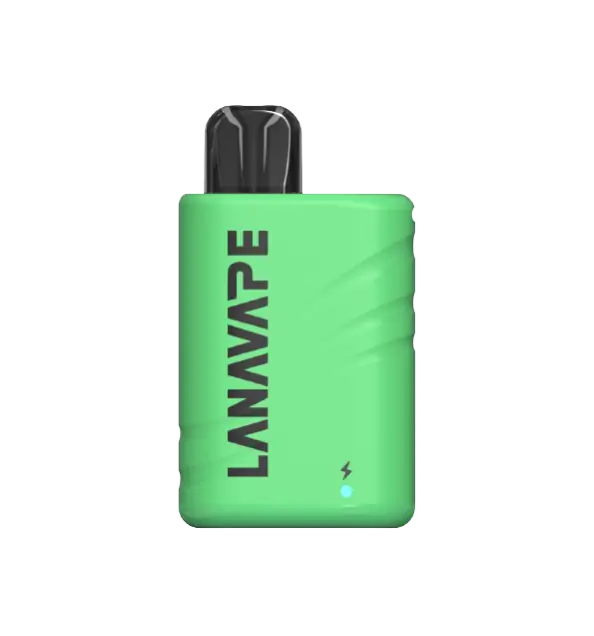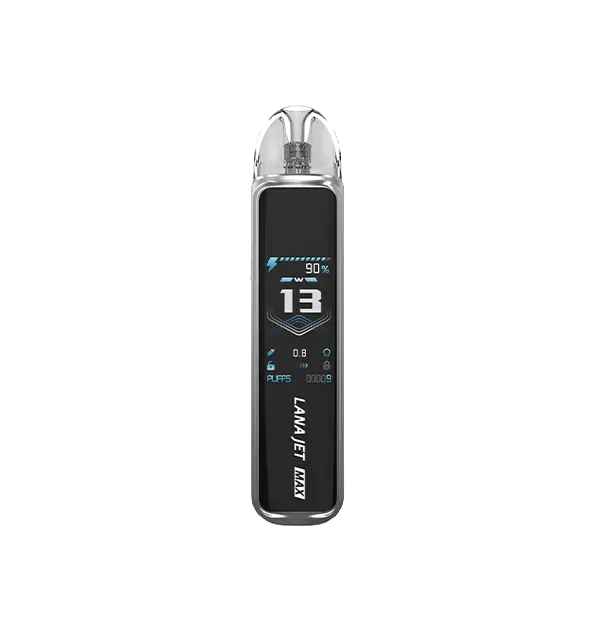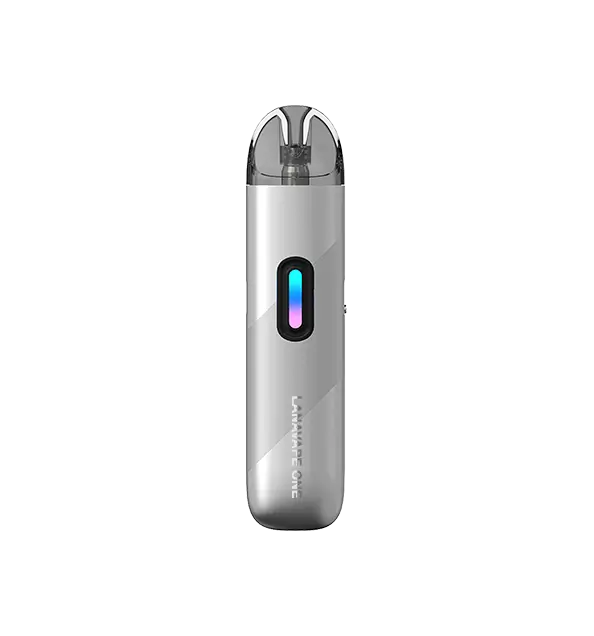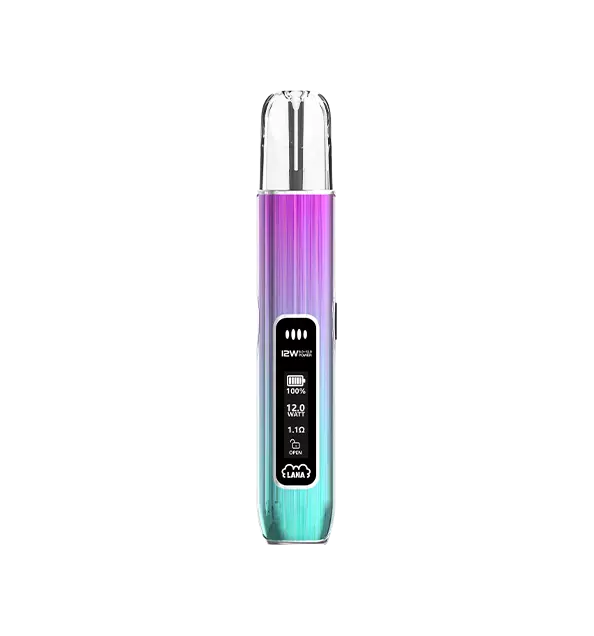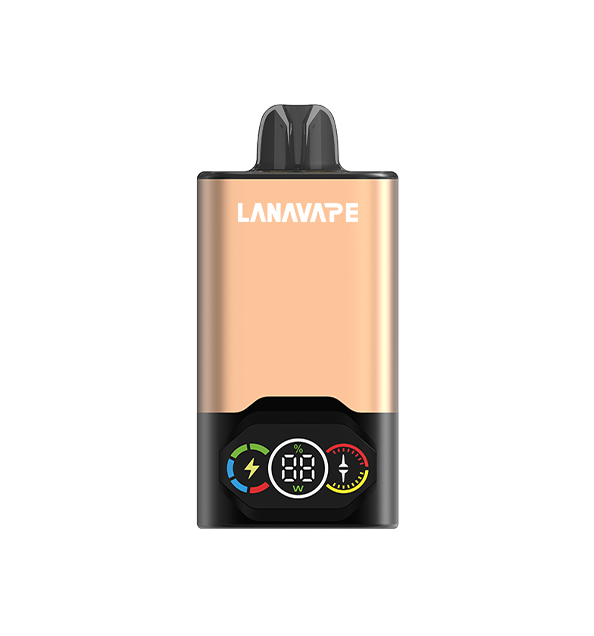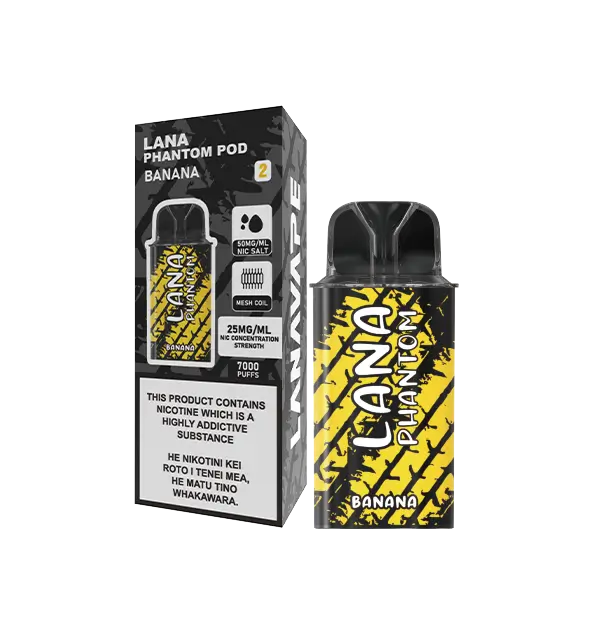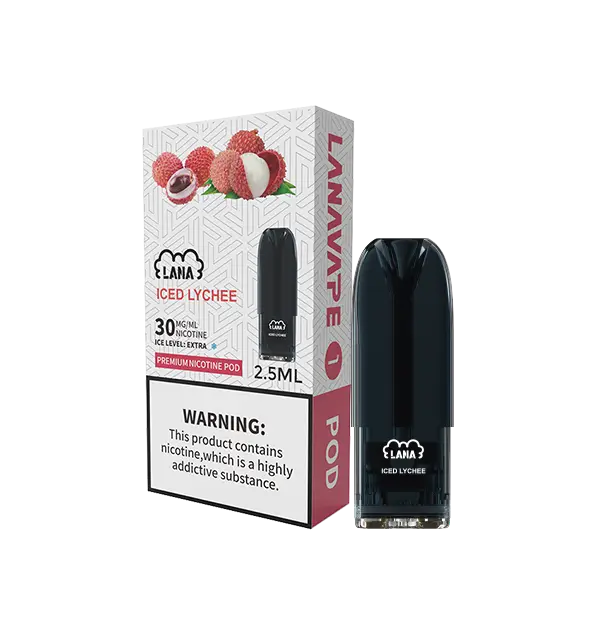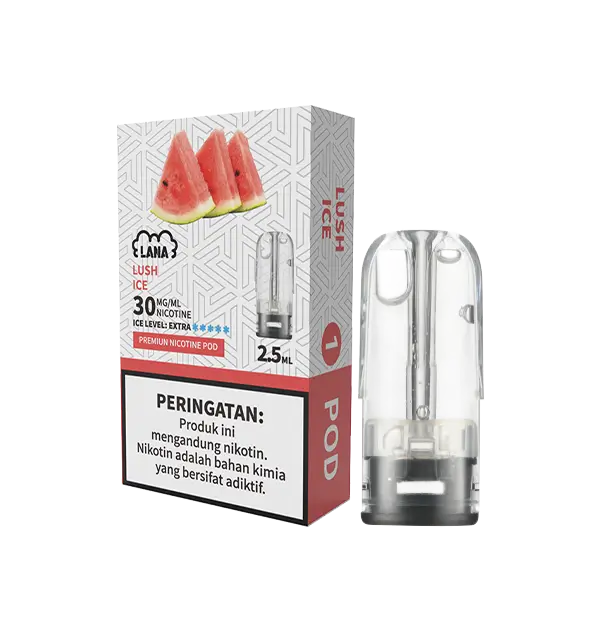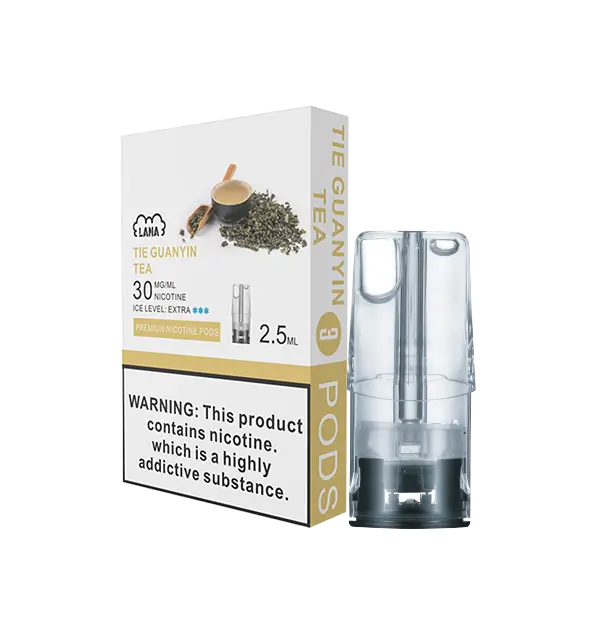
“In the last 24 to 36 months, I've seen an explosive uptick of patients who vape,” reports Broderick. “With tobacco, we have six decades of rigorous studies to show which of the 7,000 chemicals inhaled during smoking impact the lungs. But with vaping, we simply don't know the short- or long-term effects yet and which e-cigarette components are to blame.”
Although there's no definitive answer at this point, experts do have a theory about how vaping harms lungs.
What Happens When You Vape
Both smoking and vaping involve heating a substance and inhaling the resulting fumes. With traditional cigarettes, you inhale smoke from burning tobacco. With vaping, a device (typically a vape pen or a mod — an enhanced vape pen — that may look like a flash drive) heats up a liquid (called vape juice or e-liquid) until it turns into a vapor that you inhale.
“Vaping is a delivery system similar to a nebulizer, which people with asthma or other lung conditions may be familiar with,” says Broderick. “A nebulizer turns liquid medicine into a mist that patients breathe in. It's a highly effective way of delivering medicine to the lungs.”
The Chemicals You Inhale When Vaping
Instead of bathing lung tissue with a therapeutic mist, just as a nebulizer does, vaping coats lungs with potentially harmful chemicals. E-liquid concoctions usually include some mix of flavorings, aromatic additives and nicotine or THC (the chemical in marijuana that causes psychological effects), dissolved in an oily liquid base.
“We think that some of the vaporized elements of the oil are getting deep down into the lungs and causing an inflammatory response,” explains Broderick.
The substance at the center of investigation is vitamin E. It's often used as a thickening and delivery agent in e-liquid. And, while it's safe when taken orally as a supplement or used on the skin, it's likely an irritant when inhaled. It's been found in the lungs of people with severe, vaping-related damage.
Other common substances found in e-liquid or produced when it's heated up may also pose a risk to the lungs. These include:
- Diacetyl: This food additive, used to deepen e-cigarette flavors, is known to damage small passageways in the lungs.
- Formaldehyde: This toxic chemical can cause lung disease and contribute to heart disease.
- Acrolein: Most often used as a weed killer, this chemical can also damage lungs.

